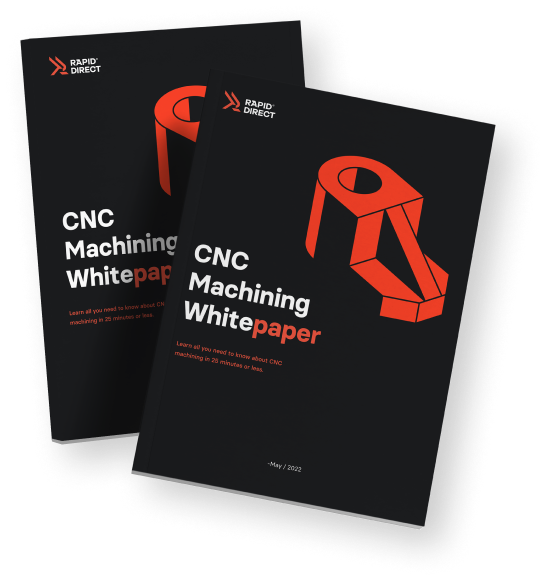CNC machines can achieve very high levels of accuracy. Some machines can achieve accuracies as high as +/-0.0025mm. However, running the milling of a part on a CNC machine’s highest level of accuracy is an expensive and time-intensive undertaking. This is where CNC machining tolerances come in. Since different parts require different degrees of accuracy, it is economical for a designer to specify the specific dimensions and tolerances needed for that part.
What Are Tolerances?
In short, tolerances are measurements that signify the level of precision needed for a part that you want to manufacture. Specifically, CNC tolerances indicate the degree of variation permitted in a custom machined part’s final dimensions or measured value.
CNC machine shops measure components by numerical values, typically preceded with a ± symbol. For example, you may assign a tolerance of ±0.001″ to a part measuring 2.550 inches in length. This would indicate that the manufactured part would have a variable length measuring between 2.549” and 2.551”. If a part measuring 1.5 inches in height needs a tolerance of ±0.005”, the final part should fall into the range of 1.495” and 1.505” to pass quality inspection.
Standard or non-standard tolerances in the drawing tell CNC machining services and mechanists what degree of precision to use when producing a part. The smaller the number—in the manufacturing world this is a tighter tolerance—the more precision is required. The larger the number—also called looser—the less precision you need.
Common Types of Tolerances in CNC Machining
1. Standard Tolerances
Machinists often adhere to standard CNC tolerances for commonly manufactured parts. This includes specific accuracy for elements like threads, pins, and pipes. Many milling services provide international standards of around +/-0.1mm, especially when customers do not specify their own tolerance levels. For a comprehensive view, refer to the detailed CNC machining chart. The scope of these standards is typically defined by various international organizations, including the International Organization for Standardization (ISO), the American Society of Mechanical Engineers (ASME), and the American National Standards Institute (ANSI).
2. Bilateral Tolerances
When employing bilateral tolerance, the deviation from the given dimension can be either negative or positive, allowing the part to be slightly larger or smaller than stated. An example is +/- 0.06mm, indicating that the machined part can be 0.06mm shorter or longer than the specified measurement. Such specifications are typically applied to exterior dimensions.
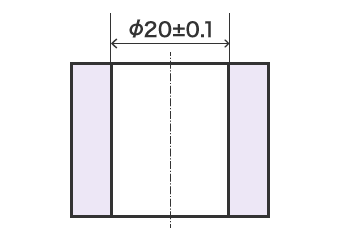
3. Geometric Dimensioning and Tolerancing
GD&T tolerances are much more thorough than the other systems of machining tolerances. It highlights the measurements and allowable deviations. It also outlines specific geometric characteristics for the machined part such as how flat it should be, its concentricity, and its true position. GD&T tolerances are often used for parts that have extremely precise dimensions.
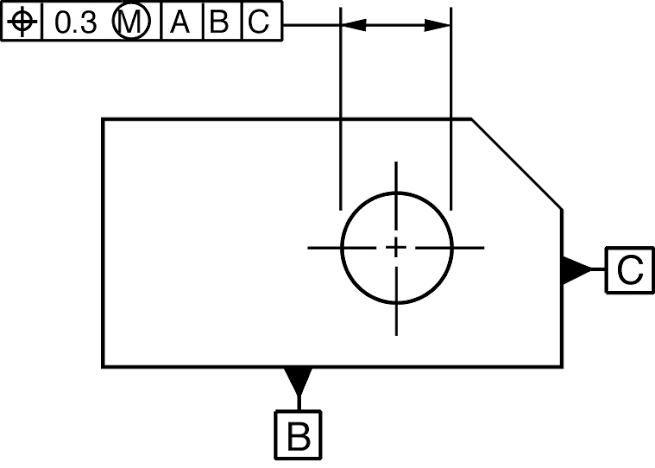
4. Unilateral Tolerances
Unilateral tolerances permit deviations exclusively in one direction, either only positive or only negative. For example, a tolerance specified as +0.00/-0.06mm indicates that the finished part can be up to 0.06 mm smaller, but not larger, than the stated measurement. Such tolerances are typically employed in designs where a part must fit into another component. Ensuring the part does not exceed the specified dimensions is crucial, as a larger size would prevent it from fitting into its intended position.
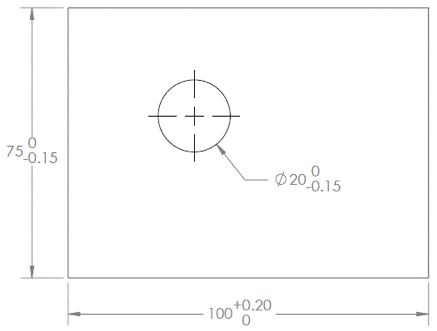
5. Limit Tolerances
A limit tolerance is expressed as a range of values, where the part is fine as long as the measurement falls between that range. 13 – 13.5mm for example is a limit tolerance for CNC machining indicating that the part must have a measurement that falls between the upper and the lower limit (13mm is the upper limit and 13.5mm is the lower limit).
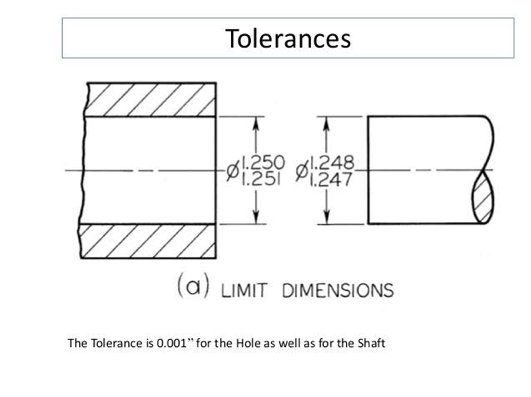
Things to Keep in Mind when Choosing Tolerances
In CNC machining, understanding tolerances is pivotal for ensuring the optimal performance of a part. The threshold at which a part’s function is impacted by dimensional variations is a critical consideration. This is particularly true for parts like critical engine components, where precision is paramount; any deviation in their geometric form can lead to serious repercussions. On the other hand, there are parts where such stringent precision is not necessary. For these components, a marginally greater deviation in manufacturing tolerances can be permissible without affecting their functionality. Beyond these considerations, when selecting tolerances in CNC machining, it’s important to also keep in mind a few additional factors:
1. When do You Need Tight Tolerances?
The need for tighter tolerances often varies within different features of a single component. For instance, while the overall structure of a part may not necessitate the strictest tolerances, specific areas—such as points where the part must fit or join with other components, like holes—require high precision.
Complex tolerances are particularly essential in industries where precision is necessary, such as aerospace, medical devices, and automotive manufacturing. These sectors often require components that must fit and function flawlessly within complex assemblies, where even minute deviations can lead to significant operational failures.
In the machining process, heightened accuracy ensures that each part is produced with the highest accuracy, reducing the margin for error. This is crucial for parts that interact closely with other components, where a slight mismatch can cause wear and tear or operational inefficiency. Moreover, for projects where safety is a critical concern, like in the aerospace industry, limit tolerance in CNC machining is non-negotiable, as it directly impacts the reliability and safety of the final product.
2. High Costs for Tight Requirements
However, opting for precision tolerances can increase the machining time and cost. Utilizing CNC tools to maintain exacting standards, such as extremely tight tolerances as close as ±0.001”, can lead to increased wear on the equipment. This aspect becomes particularly critical in mass production. For instance, a new tool might initially meet a ±0.001” standard with ease, but maintaining this level of precision becomes challenging over repeated use. Producing numerous parts to these stringent standards may require frequent tool changes or adjustments in the machining process, leading to longer production times and elevated costs.
3. Tolerances Depend on the Material
Different materials have individual characteristics that can affect the level of tolerance in CNC machining that is achievable with them. Some of these characteristics include:
- Hardness: Softer materials are more difficult to machine to high precision. This is mostly due to their likelihood to change dimensions as the cutting tool touches them. You, therefore, have to exercise additional patience when machining these softer materials.
- Abrasiveness: Rough and coarse materials are usually tough on the cutting tools and can even cause them to wear out faster. These materials make it difficult to achieve strict dimensional accuracy because changes in the cutting tool result in less accuracy. Abrasive materials usually require the technician to change out the tool multiple times throughout the machining process.
- Heat stability: This is an issue that affects non-metals mostly. As heat builds up during the machining process, these materials start to lose their shape. This restricts what processes you can use on that particular material.
4. Choice of Manufacturing Methods
CNC machines vary significantly in their capacities and capabilities. A CNC machine’s tolerance is crucial, dictating the types of parts it can handle. While some machines excel at complex tasks, others may have limitations. Often, achieving the perfect machined part requires additional operations, especially for intricate designs or when working with tight CNC tolerances. This highlights the importance of understanding a machine’s specific strengths and limitations in precision manufacturing.
5. Inspection
Given the nature of the project, a thorough inspection of parts with limited tolerances will be necessary. This process will require a significant amount of time due to the precision involved. Additionally, it may be essential to utilize specialized measurement tools and equipment to accurately assess the tolerances of these parts, like calipers, micrometers, optical comparators, CMMs, and more. Such detailed verification is crucial to ensure the quality and reliability of the final product.
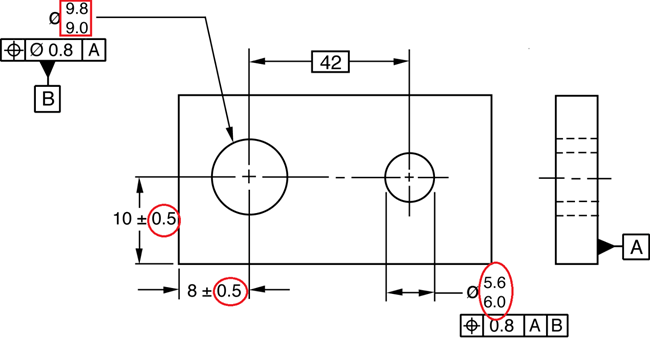
How to Find the Right Tolerance
Sometimes, choosing the appropriate level of precision is not a challenging aspect. For product or part designers, it’s crucial to ascertain the allowable variation range for a part’s dimensions. This knowledge significantly affects the decision on the right tolerance in manufacturing, impacts the project’s turnaround time, and influences its cost. The following tips are intended to assist in your decision-making process:
1. Consider the Use of Your Part
The intended application of your part typically dictates the accuracy needed during its machining. For instance, parts that are standalone and do not need to integrate with other components generally require less precision in milling. Because achieving tighter tolerances comes at a higher cost, it’s advisable to opt for them only if absolutely necessary. If your part does not require such high accuracy, it’s more cost-effective to choose standardized tolerances.
2. Look for a Reputable CNC Machining Company
Finding the right tolerance for a project often involves partnering with a reliable CNC machining service. Customers should engage in detailed discussions about their project goals and specifications with manufacturing experts to determine the optimal tolerances. Typically, engineers or part designers define these tolerances before approaching a CNC machining or rapid prototyping service, which helps streamline the production process and reduce costs.
It’s crucial to remember that if tolerances aren’t specified when submitting a part for production, most CNC services will default to their standard tolerance, usually around ±0.1 mm (±0.004 in.). While this deviation is minor and not visible to the naked eye, it can significantly affect the assembly fit of the final part. For example, a hole smaller by even 0.005 inches can make the integration of its corresponding part more difficult than necessary.
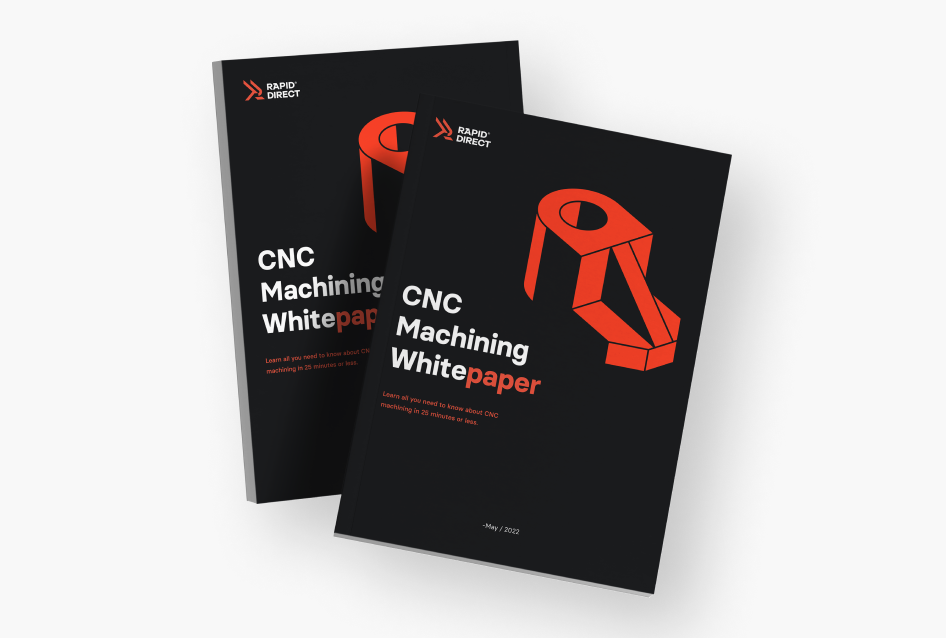
Ultimate Guide to CNC Machining
Looking to create quality machined parts with an aesthetic appeal? Our comprehensive guide to CNC machining has got you covered! We cover all the basics, design considerations, materials, surface finishes, and costs associated with CNC machining.
Don’t settle for less – take your machining game to the next level and download our guide today!
RapidDirect, Your Professional CNC Machining Services Partner
RapidDirect’s standard prototype and production machining tolerances align with ISO 2768: metals follow the ISO 2768-m specifications, while plastics adhere to ISO 2768-c. Additionally, we cater to specialized, extreme precision needs. Just specify your unique requirements on your drawings, and our advanced machining technology will ensure precise adherence.
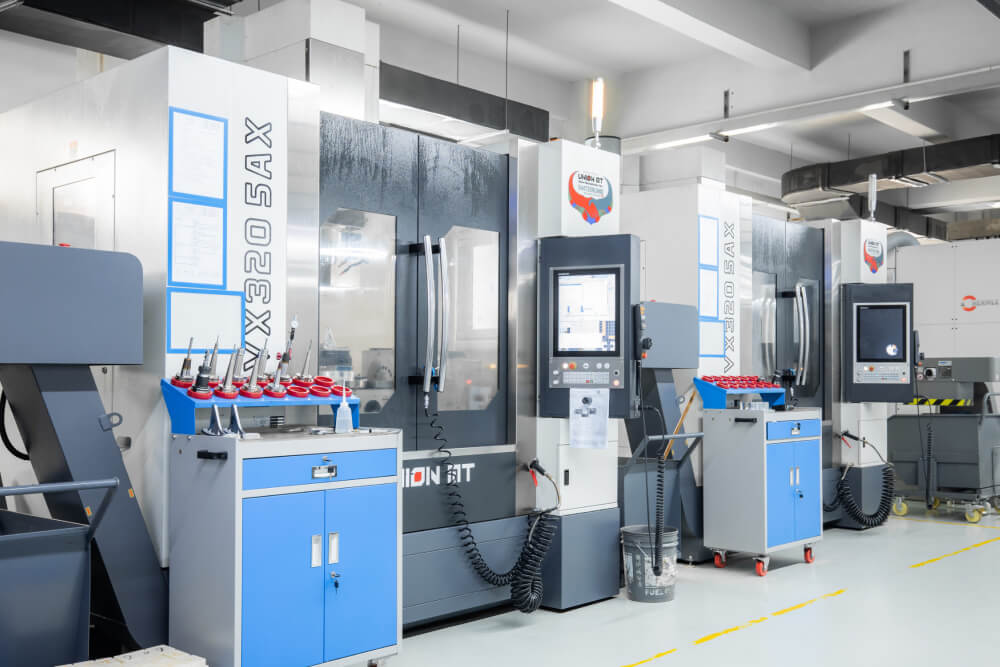
Our extensive manufacturing facility in Shenzhen, China also hosts a number of 3-axis, 4-axis & 6-axis CNC machines. We also offer different surface finishes for our CNC machined parts. Apart from CNC machining, we also offer different manufacturing capabilities to our clients across the globe.
Our CNC machining services also cover quality inspection, material certifications, and full-dimensional inspections with reports. The full-dimensional CNC inspection process, which relies on cutting-edge metrology and measurement tools, is critical to ensure that prototypes or final parts meet the exact specifications and tolerances requested by the customer. In other words, we’ll check and double-check that your requirements are met, and if they’re not, we’ll work with you to deliver a part that meets your requirements.
If you have any questions about part tolerances for CNC machining or want to learn more about RapidDirect’s CNC machining services, please don’t hesitate to get in touch with a member of our manufacturing team.
